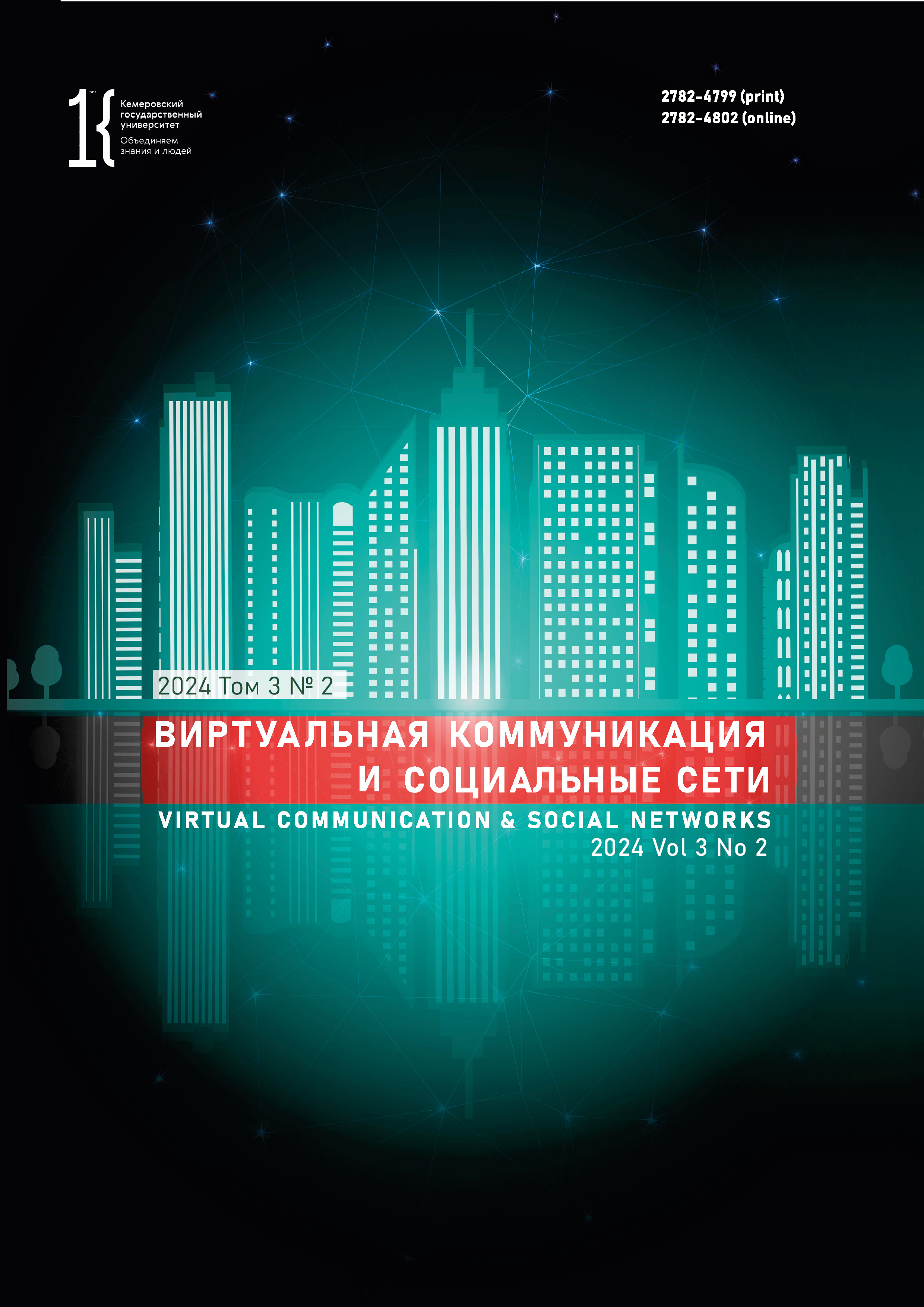Kemerovo, Russian Federation
from 01.01.2017 until now
Kemerovo, Kemerovo, Russian Federation
Kemerovo, Kemerovo, Russian Federation
VR-based technologies are in demand in modern education. They create virtual environment and simulate processes similar to real ones. As a result, students can practice actions that form and consolidate the necessary competencies. This article describes the possibilities of using virtual reality to teach food-industry university students to design production sites, e.g., an independent virtual simulation where students could work on their own projects and developments. The proposed technology offers an improved import-substituting software that creates realistic models of food production, e.g., virtual food processing workshops where students could test and improve their skills in dealing with key parameters and technological processes. The program recreates technological solutions in virtual reality, which simplifies, speeds up, and reduces the cost of developing skills in production site design. This application is the most promising direction for VR technology in education. The software product was developed in the VR laboratory of Kemerovo State University. It allows students to design industrial buildings of various sizes, workshops, and production facilities of various capacities, as well as public catering places and their interior, open public spaces, e.g., city parks, etc. The product has a database for storing and using education materials, design blanks, and ready-made 3D models of equipment created in Unreal Engine. The 3D model database contains digital models of real-life devices and equipment used at food industry enterprises. The projects can be displayed in a visual digital environment to study the principles of equipment operation, monitor and change their parameters, and simulate faults and deviations. The database makes it possible to design small enterprises and large industrial complexes for food production in virtual environment.
virtual environment, VR, design, food production, import substitution
1. Aksenova E. I., Gorbatov S. Yu. Technologies of virtual and augmented reality in healthcare. Moskovskaya meditsina, 2022, (1): 76–87. (In Russ.) https://elibrary.ru/cnojph
2. Alekseeva N. A. Effects and algorithms of implementation of virtual and augmented reality technologies in construction. Menedzhment: Teoriya i praktika, 2022, (3-4): 57–65. (In Russ.) https://elibrary.ru/gzugrx
3. Bychkov V. V., Mankovskaya N. B. Virtual reality in the space of aesthetic experience. Voprosy filosofii, 2006, (11): 47–59. (In Russ.) https://elibrary.ru/hyjneh
4. Zhenzhebir V. N., Suray N. M., Skrynchenko B. L. Current trends of the digital technologies development in retail. Journal of Economics, Entrepreneurship and Law, 2022, 12(2): 637–648. (In Russ.) https://doi.org/10.18334/epp.12.2.114170
5. Zavyalov A. E. Human resource development in the Russian Federation in conditions of digital transformation. Russian Economic Bulletin, 2022, 5(6): 28–31. (In Russ.) https://elibrary.ru/dsqail
6. Ivanko A. F., Ivanko M. A., Burtseva M. B. Augmented and virtual reality in education. Molodoy uchenyy, 2018, (37): 11–17. (In Russ.) https://elibrary.ru/uzqppb
7. Kryuk R. V., Kotov R. M., Kurbanova M. G., Voroshilin R. A., Turov S. V. Fundamentals of designing industry enterprises using computer-aided design systems. Kemerovo: KemSU, 2024, CD-ROM. (In Russ.)
8. Murashov A. A., Smolentseva L. V. Virtual reality and augmented reality. A look at the future. Collection of works of young scientists of the Higher Educational Institution "TISBI University of Management", ed. Gryaznov A. N. Kazan: TISBI University of Management, 2016, 91–96. (In Russ.) https://elibrary.ru/yhwbmn
9. Pikov N. O. Virtual reality (VR) and preservation of cultural heritage. Siberian Journal of Anthropology, 2022, 6(1): 58–68. (In Russ.) https://elibrary.ru/rwclem
10. Pitko O. A. Virtual reality as an attribute of human existence. Traditional national-cultural and spiritual values as innovative development basis of Russia, 2014, (1): 58–64. (In Russ.) https://elibrary.ru/rwydci
11. Slavin O. A., Grin E. S. Overview of virtual and augmented reality technology. Trudy Instituta sistemnogo analiza Rossiyskoy akademii nauk, 2019, 69(3): 42–54. (In Russ.) https://doi.org/10.14357/20790279190304
12. Tamilin R. V. Possibilities of virtual reality technologies for the culture preservation and development of indigenous peoples of the Russian Federation. Cifrovizaciya, 2022, 3(2): 49–56. (In Russ.) https://elibrary.ru/kopvwv
13. Khachaturova S. S. Virtual and augmented reality. Bulletin of Pedagogical Sciences, 2022, (2): 30–33. (In Russ.) https://elibrary.ru/pczilz
14. Axelsson Ö., Nilsson M. E., Berglund B. A principal components model of soundscape perception. The Journal of the Acoustical Society of America, 2010, 128(5): 2836–2846. https://doi.org/10.1121/1.3493436
15. Jeon J. Y., Hong J. Y., Lee P. J. Soundwalk approach to identify urban soundscapes individually. The Journal of the Acoustical Society of America, 2013, 134(1): 803–812. https://doi.org/10.1121/1.4807801
16. Jeon J. Y., Lee P. J., You J., Kang J. Acoustical characteristics of water sounds for soundscape enhancement in urban open spaces. The Journal of the Acoustical Society of America, 2012, 131(3): 2101–2109. https://doi.org/10.1121/1.3681938
17. Egorova V. I. Virtual space – a platform for implementation of virtual images. Russian Linguistic Bulletin, 2020, (2): 111–114. https://doi.org/10.18454/RULB.2020.22.2.9

















